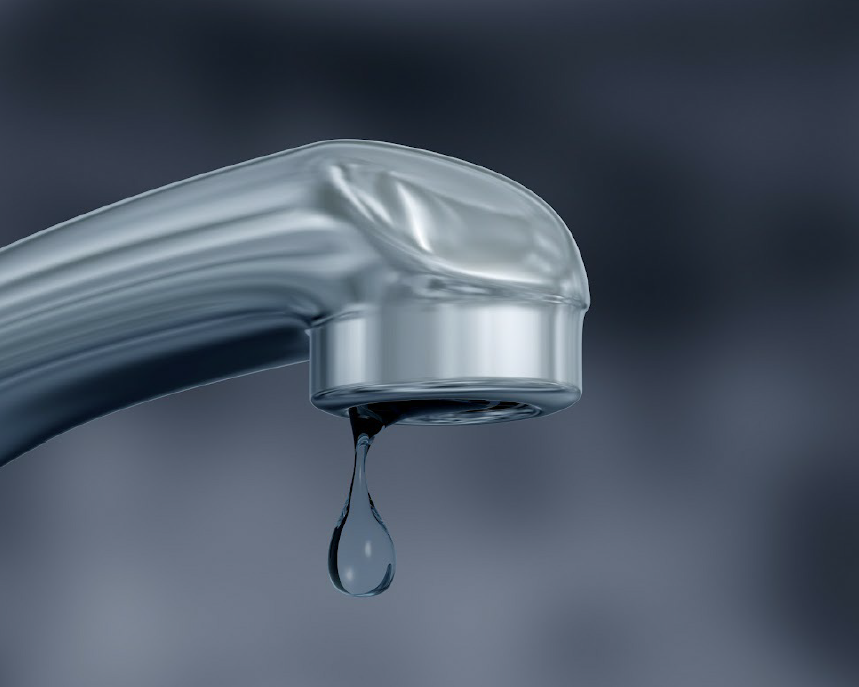What are your thoughts and feelings on Leaking water lines?

Early discovery of leaking water lines can minimize a possible calamity. Some small water leakages might not be noticeable.
1. Take A Look At the Water Meter
Every house has a water meter. Examining it is a guaranteed way that helps you discover leakages. For starters, turn off all the water resources. Make certain nobody will certainly purge, use the faucet, shower, run the cleaning device or dishwasher. From there, most likely to the meter and also watch if it will alter. Given that no person is utilizing it, there ought to be no motions. That shows a fast-moving leakage if it moves. Similarly, if you identify no changes, wait a hr or two and also inspect back again. This means you may have a slow-moving leak that could even be below ground.
2. Inspect Water Intake
Evaluate your water expenses as well as track your water usage. As the one paying it, you ought to observe if there are any disparities. If you spot sudden changes, in spite of your intake being the same, it indicates that you have leakages in your plumbing system. Remember, your water bill should fall under the exact same variety monthly. An unexpected spike in your costs suggests a fast-moving leak.
A stable increase every month, also with the same practices, reveals you have a slow leak that's also slowly intensifying. Call a plumber to completely check your building, especially if you really feel a warm location on your flooring with piping beneath.
3. Do a Food Coloring Test
When it comes to water consumption, 30% originates from commodes. Test to see if they are running correctly. Decrease specks of food color in the tank and also wait 10 minutes. If the shade in some way infiltrates your dish during that time without flushing, there's a leakage between the container and dish.
4. Asses Exterior Lines
Don't fail to remember to examine your outdoor water lines too. Test faucets by connecting a yard hose pipe. Must water leak out of the connection, you have a loosened rubber gasket. Replace this and ensure all links are limited. It will certainly assist obtain it professionally examined as well as maintained every year if you've got a sprinkler system. One tiny leakage can waste tons of water as well as surge your water expense.
5. Inspect and Assess the Scenario
Homeowners need to make it a behavior to inspect under the sink counters as well as even inside closets for any kind of bad odor or mold growth. These 2 red flags show a leak so punctual interest is called for. Doing routine assessments, also bi-annually, can save you from a significant problem.
Check for stainings and damaging as the majority of pipelines and also home appliances have a life span. If you presume dripping water lines in your plumbing system, do not wait for it to escalate.
Early detection of leaking water lines can alleviate a prospective calamity. Some tiny water leaks may not be noticeable. Examining it is a proven means that helps you find leakages. One small leakage can throw away tons of water and spike your water expense.
If you think leaking water lines in your plumbing system, do not wait for it to intensify.
WARNING SIGNS OF WATER LEAKAGE BEHIND THE WALL
PERSISTENT MUSTY ODORS
As water slowly drips from a leaky pipe inside the wall, flooring and sheetrock stay damp and develop an odor similar to wet cardboard. It generates a musty smell that can help you find hidden leaks.
MOLD IN UNUSUAL AREAS
Mold usually grows in wet areas like kitchens, baths and laundry rooms. If you spot the stuff on walls or baseboards in other rooms of the house, it’s a good indicator of undetected water leaks.
STAINS THAT GROW
When mold thrives around a leaky pipe, it sometimes takes hold on the inside surface of the affected wall. A growing stain on otherwise clean sheetrock is often your sign of a hidden plumbing problem.
PEELING OR BUBBLING WALLPAPER / PAINT
This clue is easy to miss in rooms that don’t get much use. When you see wallpaper separating along seams or paint bubbling or flaking off the wall, blame sheetrock that stays wet because of an undetected leak.
BUCKLED CEILINGS AND STAINED FLOORS
If ceilings or floors in bathrooms, kitchens or laundry areas develop structural problems, don’t rule out constant damp inside the walls. Wet sheetrock can affect adjacent framing, flooring and ceilings.
https://www.servicemasterbyzaba.com/blog/how-to-detect-water-leakage-in-walls/

Hopefully you liked our section about Top leak detection hacks. Thank you so much for finding the time to read through our piece. Sharing is nice. One never knows, you could be doing someone a favor. Many thanks for taking the time to read it.